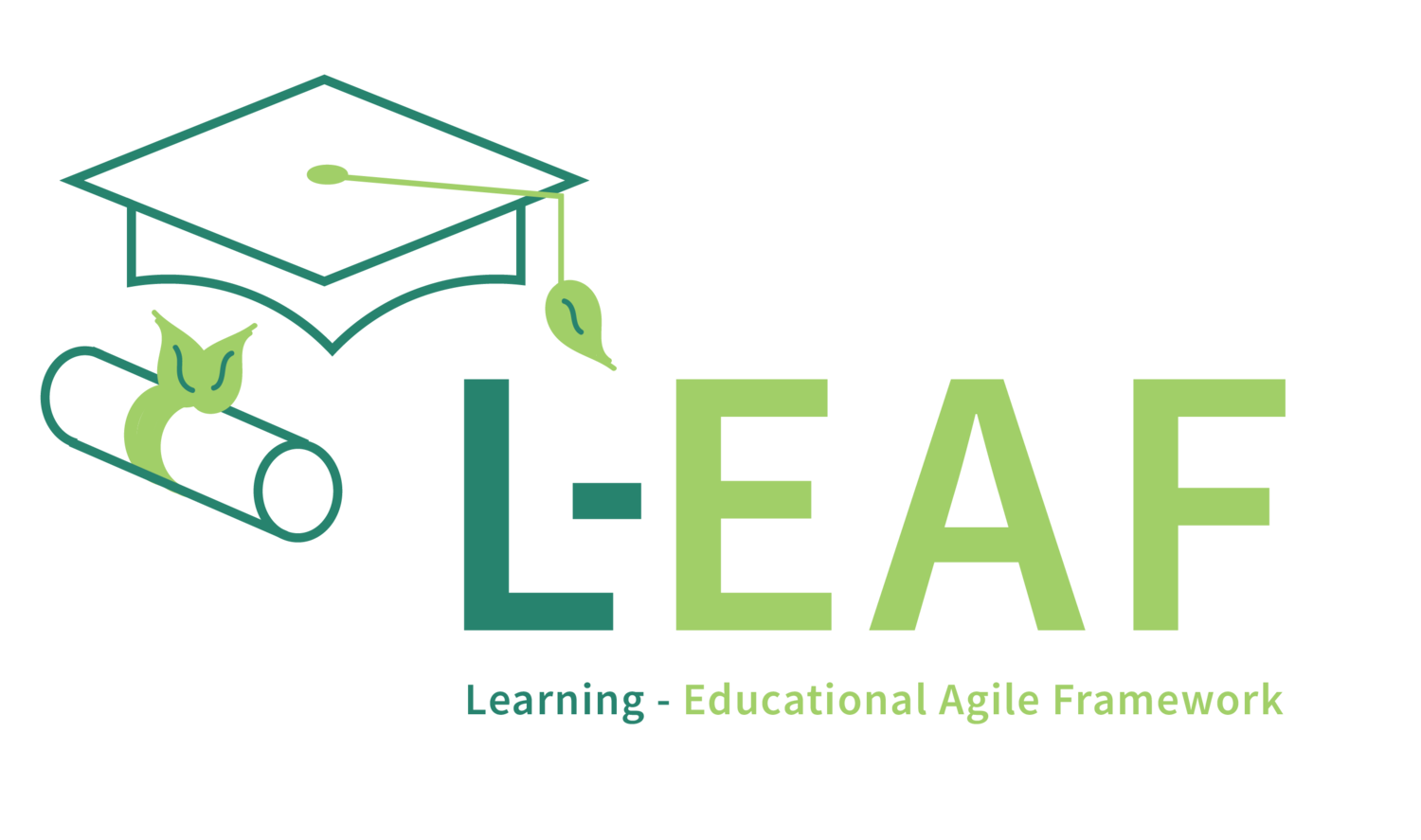Unleashing Student Agency through Pull-based Learning: A Recipe for Active Engagement and Reduced Teacher Burnout
In today's dynamic educational landscape, the concept of Pull-based learning has emerged as a transformative approach that empowers students to take ownership of their learning journey. By contrast to traditional Push-based systems, where teachers dictate the learning pace and content, Pull-based learning places the student at the center of the learning process, allowing them to actively select and pursue learning activities that align with their interests and needs.
At the heart of Pull-based learning lies the value of student agency, which fosters a sense of ownership, responsibility, and self-direction among learners. This shift in the learning paradigm empowers students to become active participants in their education, motivating them to seek out knowledge, explore diverse perspectives, and engage deeply with the learning process.
Pull-based learning finds its ideal implementation within Rapid Learning Cycles, often referred to as learning iterations or sprints. These short cycles provide a structured framework for students to engage in a continuous cycle of planning, execution, reflection, and improvement.
A look into 3 of the 6 key practices: The Refinement Practice: Where Students Shape Their Learning Path
The Refinement practice serves as the cornerstone of Pull-based learning, providing a platform for students to actively shape their learning journey. During Refinement sessions, students collaboratively define learning objectives, prioritize tasks, and select activities that align with their interests and learning goals.
This collaborative approach empowers students to take ownership of their learning, fostering a sense of responsibility and purpose. Teachers act as facilitators, guiding students through the process and providing support as needed.
Risk Management: Proactive Navigation for Continuous Progress
The Risk Management practice equips students with the tools and strategies to proactively address potential challenges and obstacles that may arise during their learning journey. Students identify and assess potential risks, brainstorm mitigation strategies, and develop contingency plans.
This proactive approach instills a sense of confidence and resilience in students, empowering them to navigate the learning process with self-assurance. Teachers provide guidance and support, helping students refine their risk management strategies.
Collaboration: Fostering Shared Learning and Growth
The Collaboration practice provides a platform for students to engage in peer-to-peer learning, sharing ideas, providing feedback, and working together to solve problems. Collaborative activities foster a sense of community, enabling students to learn from one another's diverse perspectives and experiences.
This collaborative approach not only enhances the learning experience but also develops essential communication, teamwork, and problem-solving skills that are highly valued in the workplace and beyond. Teachers orchestrate collaborative activities and facilitate discussions, ensuring that students are actively engaged and learning from one another.
Pull-based Learning: A Pathway to Reduced Teacher Burnout
Traditional Push-based learning systems often place a significant burden on teachers, who are responsible for planning, delivering, and assessing all aspects of the learning process. This can lead to teacher burnout, affecting their overall well-being and job satisfaction.
Pull-based learning offers a promising solution to this challenge. By empowering students to take ownership of their learning, teachers are relieved of some of the planning and delivery burden, allowing them to focus on providing personalized support, facilitating collaboration, and guiding students through the learning process.
This shift in responsibilities not only reduces teacher burnout but also allows teachers to engage more deeply with their students, fostering stronger relationships and enhancing the overall learning environment.
Student Benefits: A Thriving Learning Environment
Students who learn in Pull-based environments reap numerous benefits that extend far beyond academic achievement. The emphasis on student agency cultivates intrinsic motivation, self-directed learning skills, and a sense of ownership over one's education.
Students develop the ability to set their own learning goals, manage their time effectively, and make informed decisions about their learning journey. They become adept at identifying their strengths and weaknesses, seeking out resources, and adapting their learning strategies as needed.
These skills, nurtured through Pull-based learning, serve as valuable assets in the workplace and throughout life, preparing students for success in a world that demands adaptability, resilience, and a lifelong love of learning.
Conclusion: A Call to Action
Pull-based learning, anchored in the value of student agency, offers a transformative approach to education that empowers students to take ownership of their learning journey, promotes active engagement, and reduces teacher burnout. By embracing Pull-based learning and incorporating the practices of Refinement, Risk Management, and Collaboration within short learning cycles, educators can create thriving learning environments where students flourish and achieve their full potential.
